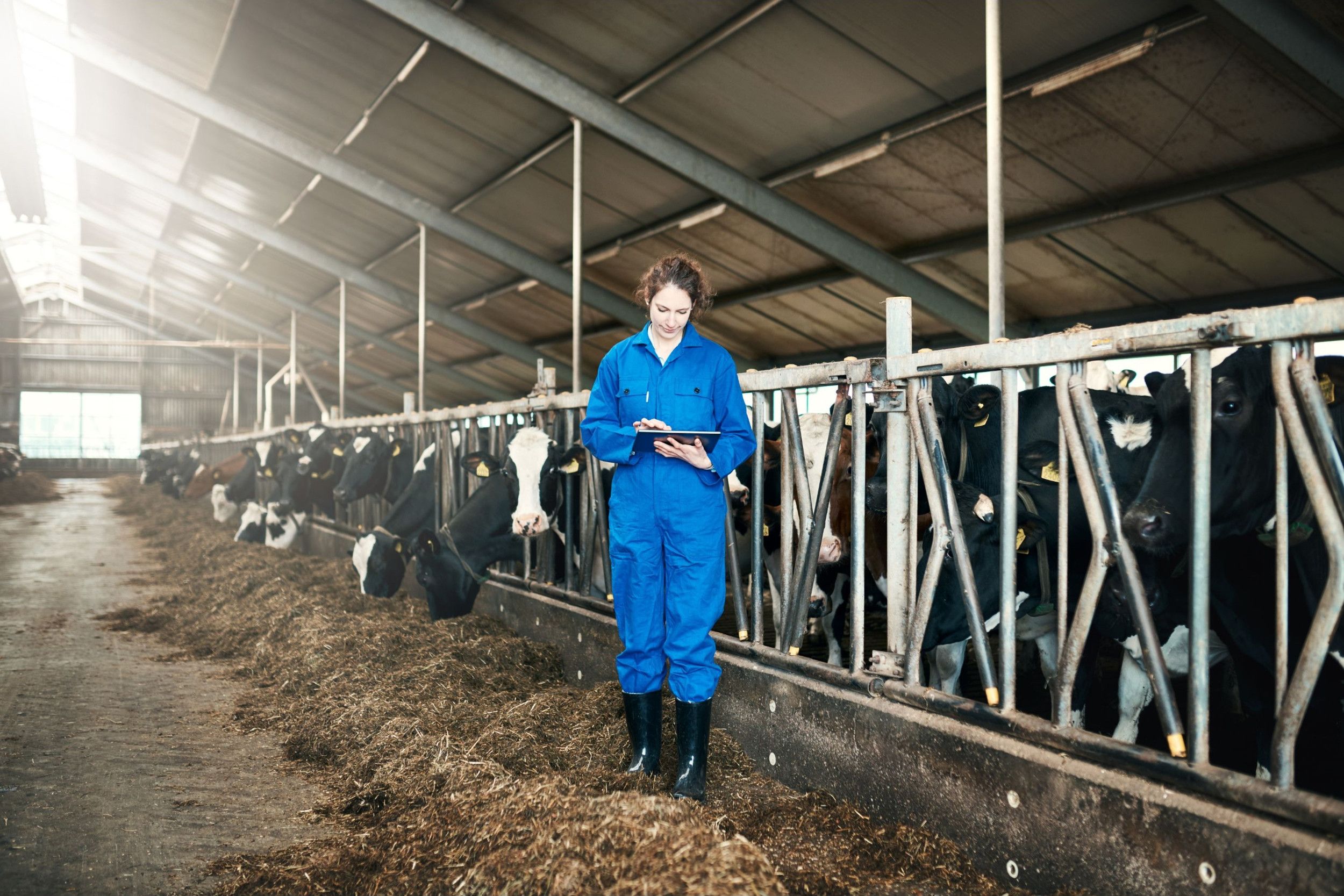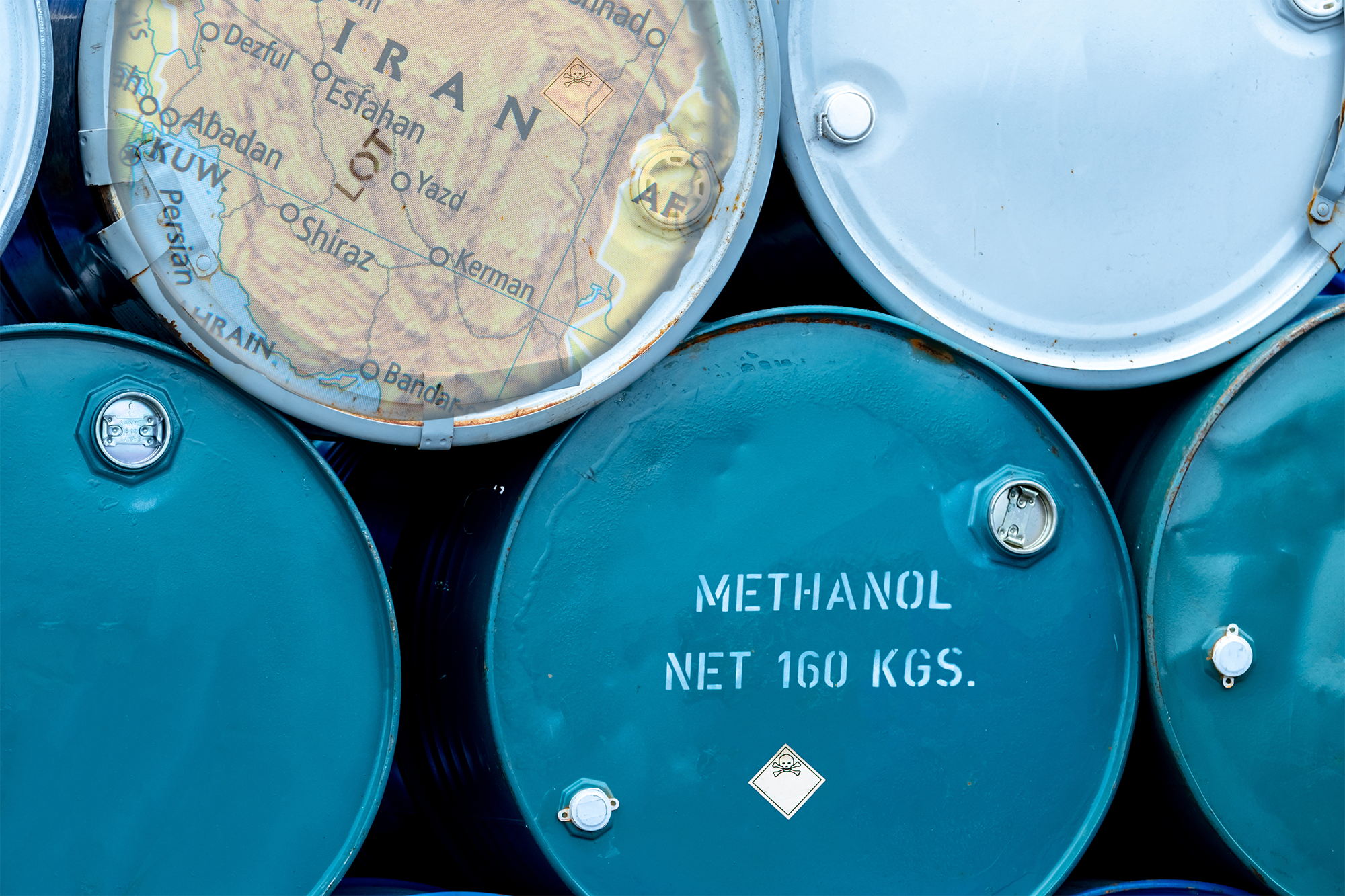Brazil sees opportunities to increase pork trade in 2025
In 2024, Brazil broke its previous records for the volume of its pig meat exports, and the revenue generated from this trade. The nation’s producer association is optimistic about further growth ahead, following additional facility approvals by Peru, and a renewed trade agreement with Mexico.
In mid-January 2025, it was announced the authorities in Peru had authorized a further eight facilities in Brazil for future pork trade, according to the Brazilian Animal Protein Association (ABPA). With its relatively low annual per capita consumption of pig meat at 8.5 kg, the Peruvian market offers Brazil opportunities to expand and diversify its export trading channels, said ABPA president, Ricardo Santin. In 2023, Peru achieved domestic production of more than 220,000 tons. To meet demand, it imported a further 14,800 tons, of which 57% was from Chile, 13% from the United States and 12% from Brazil.
The latest Peruvian approvals came soon after confirmation that the government of Mexico had agreed to the renewal of PACIC, reported ABPA. Translated from the Spanish as “Package against Inflation and Hunger,” the Mexican PACIC scheme aims to facilitate importation of key foods — such as chicken and pork — to control food price inflation and prevent shortages. Removing quotas and import tariffs, PACIC will remain in effect in Mexico throughout 2025.
Since the package was introduced, a solid partnership has developed between Brazilian meat producers and Mexican importers, according to Santin. Over the coming year, he expressed the hope that this relationship and trade would continue to mutual benefit.
In 2024, Brazil broke its previous records for the volume of, and revenue from, pig meat exports. At more than 1.35 million metric tons (mmt), the volume of pork product (fresh and processed) shipped by Brazil was up by 10% year-on-year, ABPA reports. Revenue for the shipments was 7.6% higher than in 2023 at a little over US$3.03 billion.









